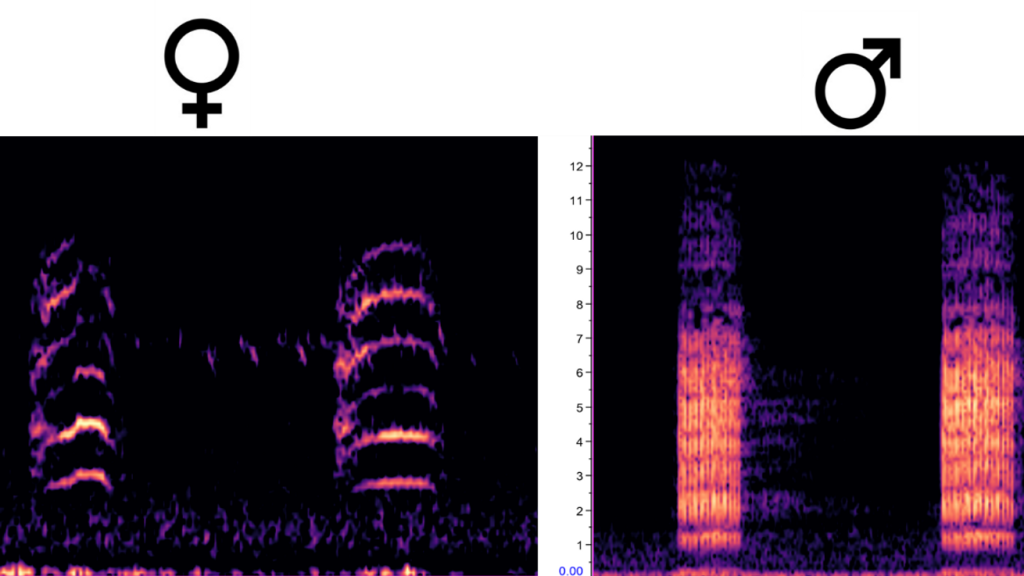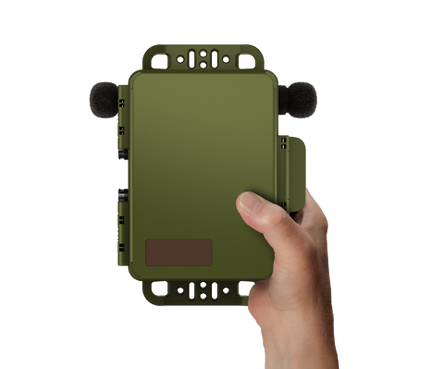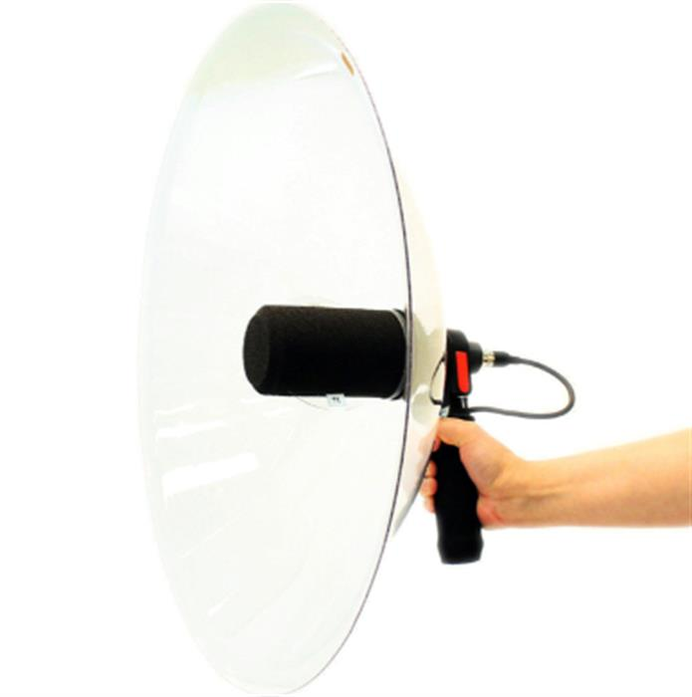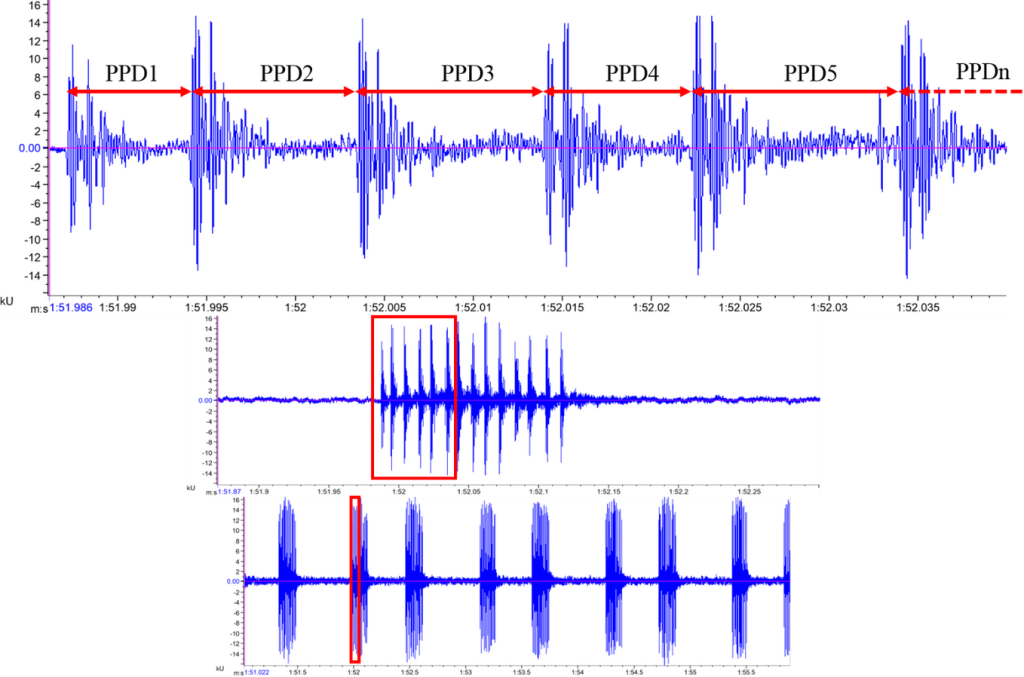When corncrakes terminate their journey from Africa to Ireland, almost immediately, males start the courtship. A voice battle that occurs mostly overnight in which the opponents emit their rasping calls several times over a minute, and for hours. The populations of corncrake in Ireland are subject to strong fluctuations in their abundance and to date, surveys exploit the narrow window between the arrival of the birds and the nesting time to find out where birds are present. Twice over a breeding season from half May (first breeding attempt) until the first decade of July (second breeding attempt), fieldworkers record the presence of the corncrake by listening for the distinctive calls of the males. Unfortunately, detecting all the calling individuals in a field is quite challenging, as the species has nocturnal habits, hides in tall and thick grass and its detection rates vary depending on the site, weather, and habitat. Moreover, a large piece of information on female number is missing, as only males are recorded.
The corncrake calls
Almost every species can be identified by its call, and the corncrake is not an exception. Males do not vocalise in a vast repertoire, they emit their monotone disyllabic call several times in a minute, for hours and mostly at night, with the calling peak between 23.00 and 02.00. Occasionally they perch on rocks, walls and other structures, even though most of the time they stay concealed in the tall vegetation. The loud (ca.95dB) rasping call of the males can be heard over 1km. Each syllable is made of pulses that can vary in number and duration, and between syllables, there is an interval of less than a second; the frequency range of each syllable is rather wide, going from below 100Hz to about 18,000Hz. Males also emit low-frequency vocalisations called “soft calls” during courtship displays and close interactions with rivals. The structure of these calls is different from the usual rasping notes as most of the energy is developed at low frequency (100-1000Hz), and the amplitude (ca.70dB) as well as the dispersion (<15m) are lower.
Females and fledglings also emit calls, although less frequently than males. The frequency range, power and structure of the female calls are very similar to the males’ ones, though they lack the rasping notes, making it sound more like a bark. The knowledge about these calls is still very limited; they are likely associated with interrupted breeding attempts, for example, by mowers. From a bioacoustics perspective, however, female vocalisations are extremely valuable as they may signal the occurrence of a breeding attempt in progress. Likewise, chick begging calls and fledgling vocalisations that are equally rare and barely described may inform on the success of the breeding attempt.

What if we could survey the corncrake 24/7?
In species conservation, it is essential to have the best and most reliable estimates on the abundance, density, and distribution of the species to preserve. Surveying every site, for long hours overnight and on multiple days may require intense effort, especially for cryptic species. Several conservation projects around the world have successfully deployed passive acoustic monitoring as a tool to monitor species of conservation concern that are secretive or inhabit remote sites. As calls are the only clue of corncrake presence, devices known as “autonomous recording units” (ARUs) can be left in the field for several days to record the soundscape and hopefully detect the corncrake calls. These recorders are built with a protective case, two microphones with a high signal-to-noise ratio, long-life batteries, and multiple SD card slots for storage.
ARUs hold a few advantages over the traditional survey techniques:
- Long duration recordings
- Synchronised surveys of multiple areas
- Reduced disturbance
- Avoided overnight fieldwork
- Unbiased stored data for later analysis
However, passive acoustic monitoring is not immune from drawbacks, such as the cost (ARUs can be very expensive), the requirement of storage capacity and the need for improved automatic call recognition algorithms.


Other equipment?
Besides static ARUs that are left in the field, parabolic microphones are also deployed for short-term monitoring. These recorders are hand-held devices that consist of a stereo/mono microphone, two dishes that form the parabola, a handle to aim toward the sound source, and a recorder. Once a calling corncrake is heard along pre-determined transects, the microphone is directed toward the patch where the signal comes from. The parabola conveys the sound to the central microphone so that the background noise is almost entirely suppressed. If the bird keeps calling, it can be approached without disturbance, as halving the distance doubles the quality of the recording. Although parabolic microphones are used for short-term acoustic monitoring, they held an advantage over ARUs, as the location of the calling male is exactly pinpointed and included in the metadata that accompanies each recording. The combination of ARUs and hand-held parabolic microphone can therefore generate reliable abundance and density estimates of the Irish corncrake populations within each operational SPA.
How are corncrake calls recorded?
Multiple ARUs are placed in the field within each of the nine SPAs, at a distance that optimises the area coverage without excessive overlap between the detection radii of the recorders. Devices record continuously (day and night) to increase the likelihood of recording a corncrake calling. After approximately six days, ARUs are retrieved from the field. Corncrake calls then need to be detected among hours and hours of recordings, which also contain calls from other species, wind noise and background sounds.
All microphones convert the pressure of the sound waves into an electronic signal. Through software, the sound is then visualised on spectrograms that transform the sound signal into a readable display. Corncrake calls on a spectrogram look like several columns next to each other; therefore, the presence of the corncrake in a site can be manually confirmed by looking for the same pattern in a recording. However, recent advances in sound technology have provided algorithms that allow automatic detection of any specific call patterns within hours of recordings. Although this may save hours of tedious scanning, the algorithm needs to be trained with several calls before effectively recognise the signal of interest.
Conversely, parabolic microphones allow collecting a recording that do not need to be scanned for corncrake calls, as these constitute the recording itself. The fact that high-quality vocalisation from known-different individuals are recorded means that fine-scale vocal parameters can be retrieved through apposite software. This opens to a variety of opportunities to discriminate and identify individual corncrakes in each operational area.

Voice like fingerprints
Pretty much like the human voice, each corncrake has almost unique vocal parameters that belong to a specific individual and slightly differ from the conspecifics. Each syllable in a corncrake call is composed of a series of pulses. The number, as well as the distance between the pulses, allow the discrimination and identification of individuals. These vocal parameters are stable over time and space and are visually retrieved by a very-fine scale analysis of the waveforms of the calls. Discrimination implies the comparison between two calls to test whether they belong to the same corncrake or not. Identification is different, in the sense that it requires a large number of recordings from the same known individual to train a statistical model to recognise the same pattern among other calls.

How do we know if the calls are from the same male?
Multiple calls from the same site over different days are expected to be recorded by the ARUs; though, effectively distinguish two calls by simply hearing them is almost impossible. Hence, acoustic discrimination enables refining the population counts from the canonical survey technique. Indeed, standard surveys assume that two calls heard on different nights within 250m belong to the same bird. A corncrake, however, may leave a site during the breeding season, and another corncrake rival may take over. Also, two birds may be present in a site but only one of them vocalises in a night. Therefore, discriminating between the resident corncrakes and the so-called “floaters” (i.e., individuals that do not own a territory) is crucial as the latter have often poor breeding success and can bias the counts. To have the most accurate counts, the number of all calling males (and potentially females and fledglings) should be detected, and in this sense, bioacoustics offers the opportunity to build reliable and cost-effective abundance and density estimates.
Furthermore, several research questions about the biology and ecology of the corncrake have not been addressed yet. For instance, does a male occupy the same breeding site between the two breeding attempts and over years? Given that female calls are recorded too, the same question can apply to assess the female site fidelity. This requires the corncrakes to be identified, something that goes beyond discrimination. Indeed, identification requires a large dataset of recordings of the same individual to effectively establish the identity. Identification will be achieved over multiple years and it will be fundamental to understand site fidelity and recruitment of new birds. Moreover, in the lucky case that fledgling calls are recorded, the success of the brood can be linked to the specific parents identified by vocal parameter analyses, and if the sample size is large enough, fitness traits can be linked to specific vocal parameters as well. As much as radio-tagging and banding studies, research using bioacoustics will open to a variety of new questions that can be explored through acoustic identification, without the need of catching, which is often associated with the risk of causing harm to the bird and generate biased results.
What is the corncrake habitat preference for breeding in Ireland? Where is the corncrake more likely to occur in the next future? What is the average arrival date, and how does it change according to climatic and environmental factors? These and further research questions can be addressed by combining bioacoustics with habitat assessment. In turn, stakeholders in the project will be informed on the best conservation practices and where these are most effective.
For more information on the use of bioacoustics in the Corncrake Traonach LIFE project, contact andrea.parisi@research.gmit.ie Further reading on bioacoustics Abrahams, C. (2018). Bird Bioacoustic Surveys – developing a standard protocol. In Practice, CIEEM, (102), 20–23. Browning, E., Gib, R., Glover-Kapfer, P., & Jones, K. E. (2017). Passive acoustic monitoring in ecology and conservation. WWF Conservation Technology Series, 1(2), 75. Retrieved from https://www.wwf.org.uk/conservationtechnology/documents/Acousticmonitoring-WWF-guidelines.pdf Peake, T. M., McGregor, P. K., Smith, K. W., Tyler, G., Gilbert, G., & Green, R. E. (1998). Individuality in Corncrake Crex crex vocalizations. Ibis, 140(1), 120–127. https://doi.org/10.1111/j.1474-919x.1998.tb04548.x Pijanowski, B., Farina, A., Gage, S., Dumyahn, S., & Krause, B. (2011). What is soundscape ecology? An introduction and overview of an emerging new science. Landscape Ecology, 26, 1213–1232. https://doi.org/10.1007/s10980-011-9600-8 Shonfield, J., & Bayne, E. M. (2017). Autonomous recording units in avian ecological research: current use and future applications. Avian Conservation and Ecology, 12(1). https://doi.org/10.5751/ace-00974-120114
